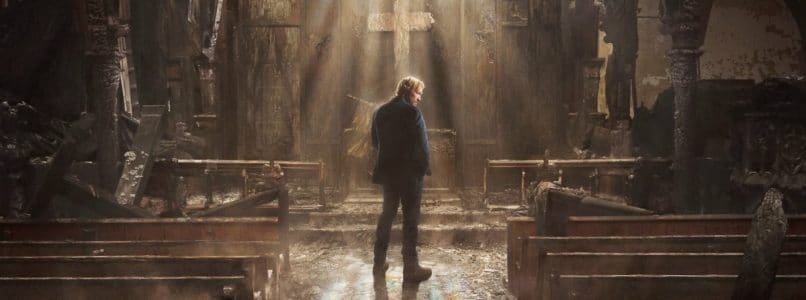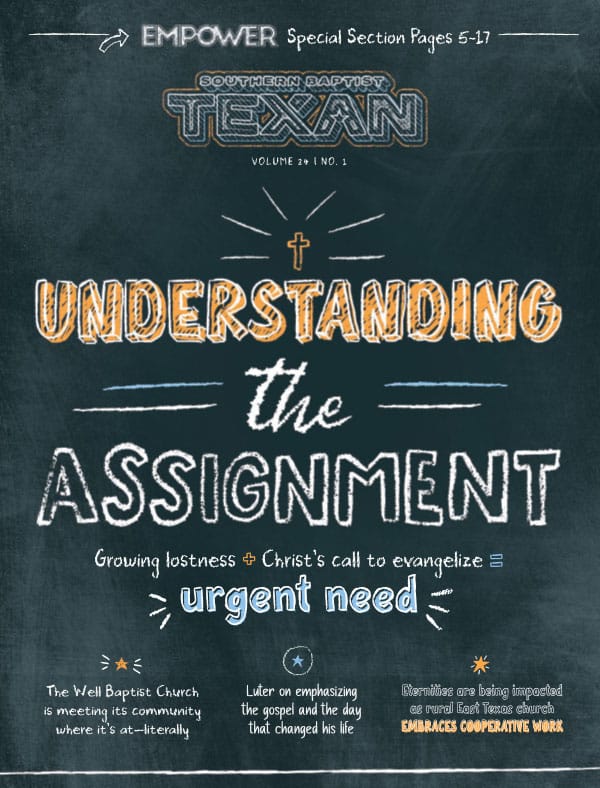When the Southern Baptist Convention comes to Dallas this summer for its annual meeting, it will do so for the second time since 1985. That 1985 meeting was the largest convention meeting ever, the high water mark of our movement to return the SBC to its commitment to biblical authority. It’s been 20 years since the convention came to town so some of us in North Texas will have an opportunity to attend for the first time ever. You should make it a priority if you’re a Southern Baptist.
I’ve attended SBC meetings regularly since 1982. I was 27 when I started and the convention was run by guys my dad’s age. It took a while to figure out how things work but I was part of a movement unique in church history for its scope and impact on American Christianity. Adrift as I was, and surrounded by people twice my age, I’m glad I was there as my denomination turned from its support for abortion (the reason I was most likely to leave the SBC) and took another hard-fought step toward biblical integrity. Since then, small and large issues have arisen during the business and hall talk at the convention, but something important happens every year—even when the important things are predictable and tedious. Here are a few reasons you should attend:
Ownership This is not the most fun reason for attending but it is the essential reason we meet every year. The messengers from the churches, gathered during two days each June, have authority over everything our institutions and missionary boards do for the remaining 363 days. We approve their budgets, assign them trustees and give instructions though motions that provide marching orders for those who serve our churches. It’s not easy, the work of a couple of years, to make a big impact, but I have seen it done over the course of decades; I helped it happen.
Education If you’re a Southern Baptist, you learn things at our annual meeting that won’t learn elsewhere. Sure, you’ll hear good preaching and even get some free books if you plan your week right, but also you’ll see some things that will challenge you. The reports of our institutions are the stories of people—pastors, widows, church planters, missionaries, Sunday School teachers, choir members and others enriched and trained by the work you support. The Cooperative Program is not just a boring fundraising effort in this narrative; it is the lifeblood of a broad and effective missionary enterprise. You’ll also see, as I did at my first meeting, a fellowship of pastors and church members who are diverse racially, culturally and generationally. Few niche meetings you attend will hit all those marks. It’s hard to maintain some prejudgments of your brother and sister Baptists after seeing us together. There are a lot of meetings you can attend where your particular affinity or interest is the entire agenda. I find it enlightening to occasionally hang out with people I don’t understand very well.
Encouragement This is a big reason for most conferences. The SBC always features solid preaching, chances to talk with ministry specialists and even a health screening station to encourage you avoid Tex-Mex and barbecue. It’s hard to come back from the SBC without being spiritually and professionally challenged at least once.
Fellowship Hallway meetings, alumni meetings, side meetings, luncheons—we have those in abundance. I always see friends from my former ministries, as well as people who live across town but whom I see only at the convention. This benefit is not unique to our Southern Baptist meetings but you won’t miss out on chances to make and renew friendships as you attend our meetings. This aspect has grown in recent years with the addition of different affinity group meetings and meals. For many of us, fellowship is the most memorable aspect of Southern Baptist meetings.
Do you find other Southern Baptists, or the general collection of us, uninteresting? I get it; most of us are not very cool. But do you love the seminary that trained you or your pastor? For most of you, that seminary wouldn’t/won’t be here without the SBC. Do you love the International Mission Board more than you do the rest of the convention? Not even the IMB would/will be around without the SBC. You can be conservative, an expository preacher, missional as all get out and lead your church well without being a Southern Baptist, though it would be hard. But you probably are a Southern Baptist if you read this column. Join us in Dallas on June 10-13, or some portion of those days—especially if you’ve never been before. You’ll come away understanding a bit more of what “Southern Baptist” means for your ministry; I guarantee it.











